
Performance Max campaigns are becoming the hot new thing for agencies and ecommerce in general. They are scheduled to replace Smart Shopping campaigns in 2022, So, here’s our bit of experience with Performance Max campaigns, the differences between Smart Shopping campaigns and the advantages.
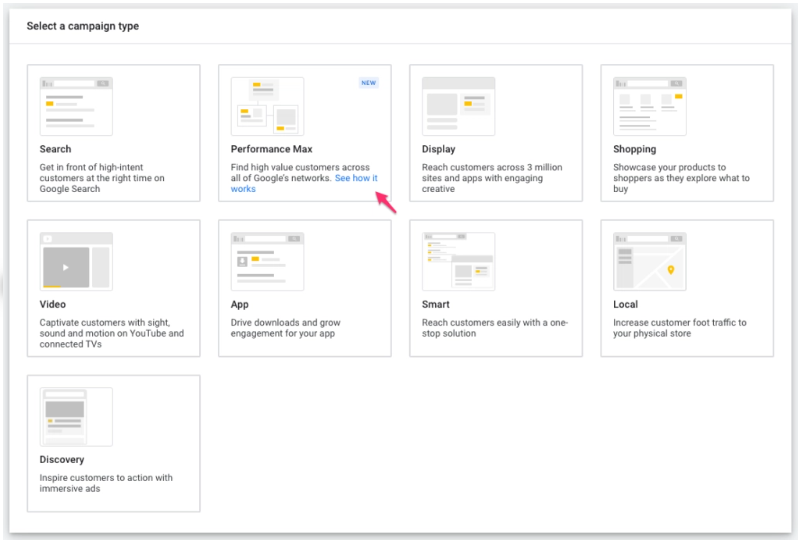
pMAX will also impact other search and shopping campaigns, making the search engine prioritize Performance max campaigns vs search, smart shopping and retargeting campaigns you might be running in tandem.
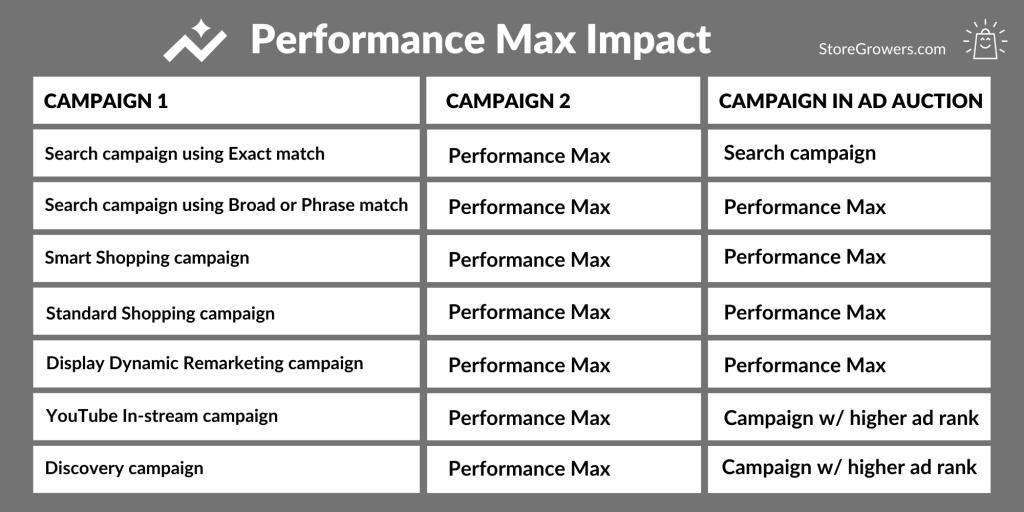
With URL expansion you can enable Google to choose a different landing page it might think will work better towards a conversion.
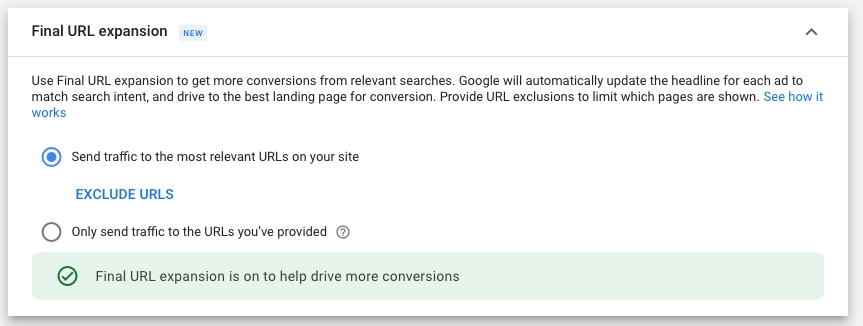
Performance Max also introduces a new way of organising your campaigns:
Ad group ➜ Asset groups
Ads ➜ Assets + audience signal
Product group ➜ Listing group
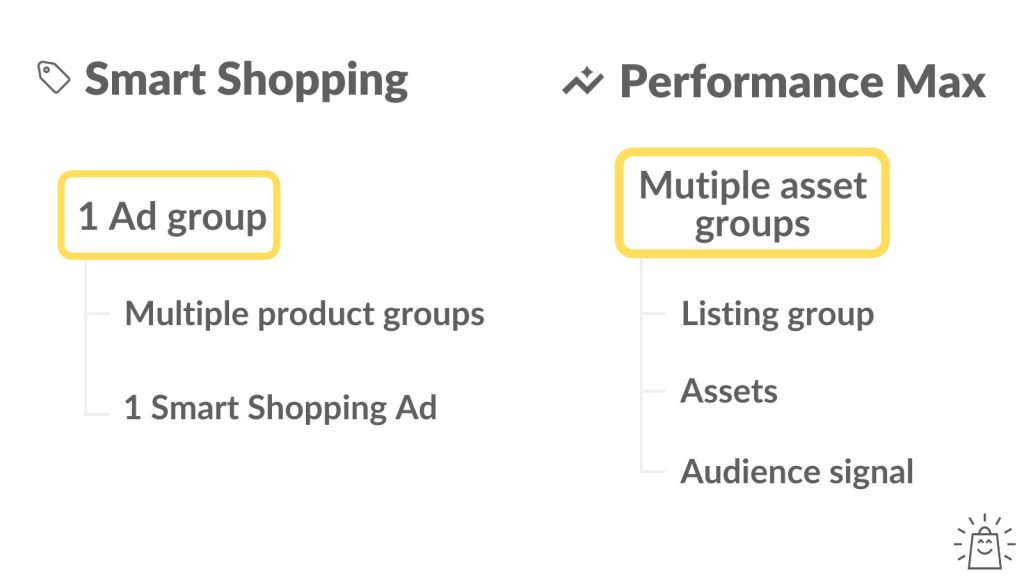
While most of the names in pMAX are new, the concepts are familiar.
Audience signals help you to tell Google where they should start looking for your audience:
– custom segments
– remarketing audiences
– in-market & affinity audiences
– other demographic data
In terms of structure, pMAX campaign, you can (and should) have multiple assets groups
This leads to more relevant ads:
1. Specific product selection
2. Headlines, images and videos tailored to product selection
3. Select audiences that fit both types
Unlike Smart Shopping, pMAX gives you a view into your search terms.
They’ll show “Top search themes” which had info for about minority amount of total clicks. So, it’s not much, but better than nothing..
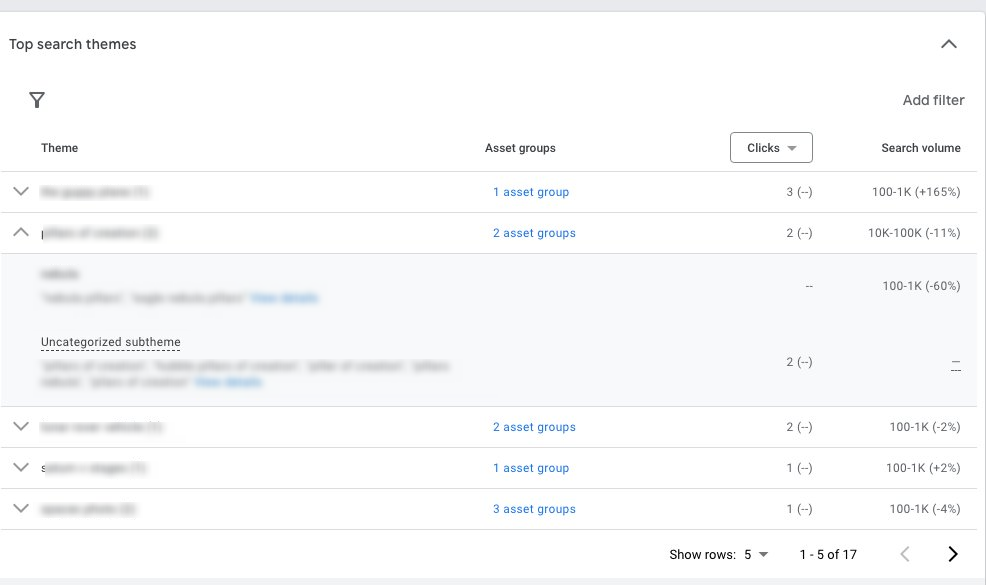
We hope you liked this brief overview of Google’s new pMAX campaigns structure and advantages.
